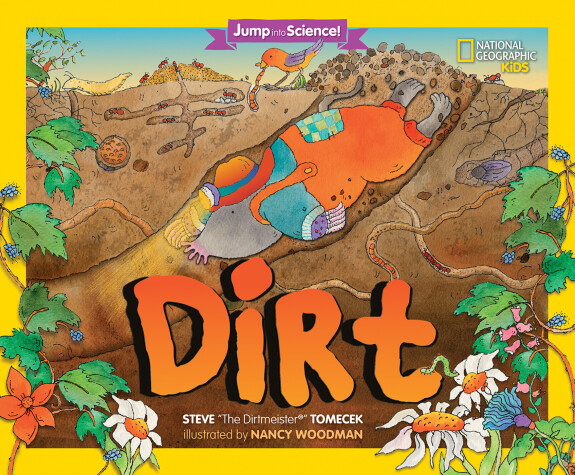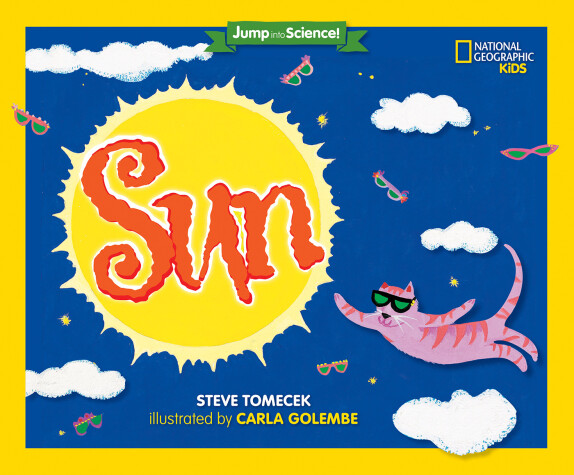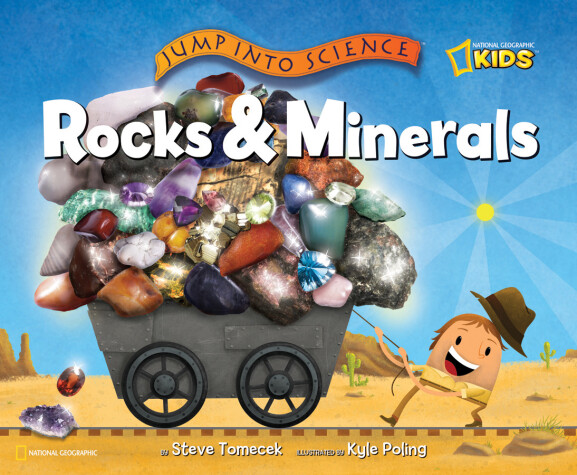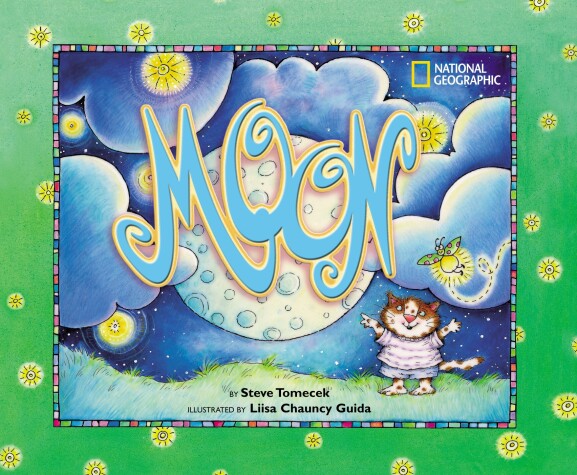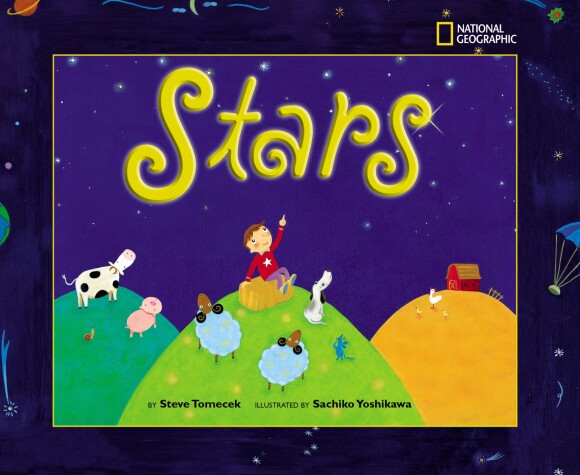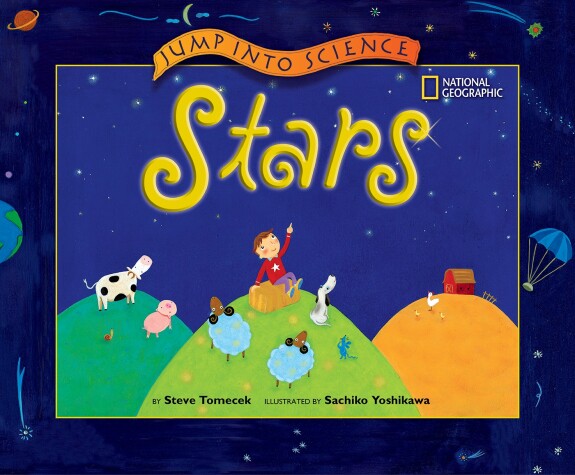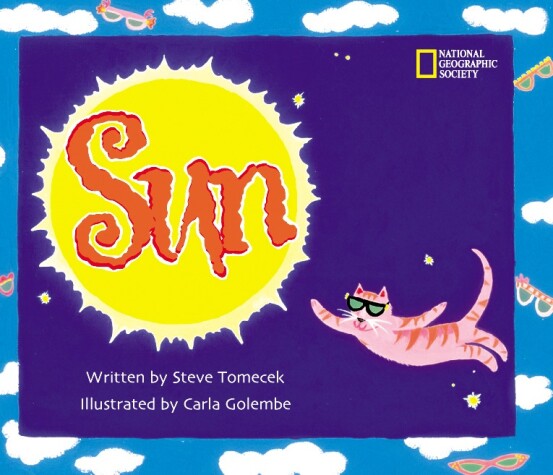Jump Into Science
8 total works
This beautifully illustrated book introduces young readers to the basics of soil science with a creative presentation of the subject matter and an easy-to-follow do-it-yourself experiment. The text also includes Common Core–aligned activities for further classroom learning.
"Sprightly illustrations featuring a mole sporting a cheerful wardrobe of play clothes brighten a straightforward text about the formation and importance of soil . . . A quick, pleasant introduction to earth science."—School Library Journal
The Jump into Science series presents introductory science topics in an engaging picture book format with a character guide who helps readers understand the more challenging information. Other titles in the series include installments on sand, the sun, and stars.
"Steve Tomecek brings fun and fact together with this nonfiction narrative of Earth's closest star." —Washington Parent
National Geographic supports K-12 educators with ELA Common Core Resources.
Visit www.natgeoed.org/commoncore for more information.
National Geographic supports K-12 educators with ELA Common Core Resources.
Visit www.natgeoed.org/commoncore for more information.
A do-it-yourself experiment at the end of the book walks kids through a great activity - how to build your own soil ecosystem in a plastic soda bottle. Give it some time, and you'll see grass begin to sprout and critters crawling around in your miniterrarium. The bright cheerful art, and the delightful mole will charm readers as they learn all the secrets of the precious substance down underground - dirt.
Marvel at the mythic stories of the constellations and try finding your own patterns in the sky. Think beyond our sun and wonder what other planets might be circling other stars and what, or who, might be on them. Open the book and blast off to the stars!
"A sure winner for future astronomers and their stargazing parents. Tomecek and newcomer Yoshikawa make an excellent duo in rendering concepts understandable to readers." —Kirkus Reviews
National Geographic supports K-12 educators with ELA Common Core Resources.
Visit www.natgeoed.org/commoncore for more information.
